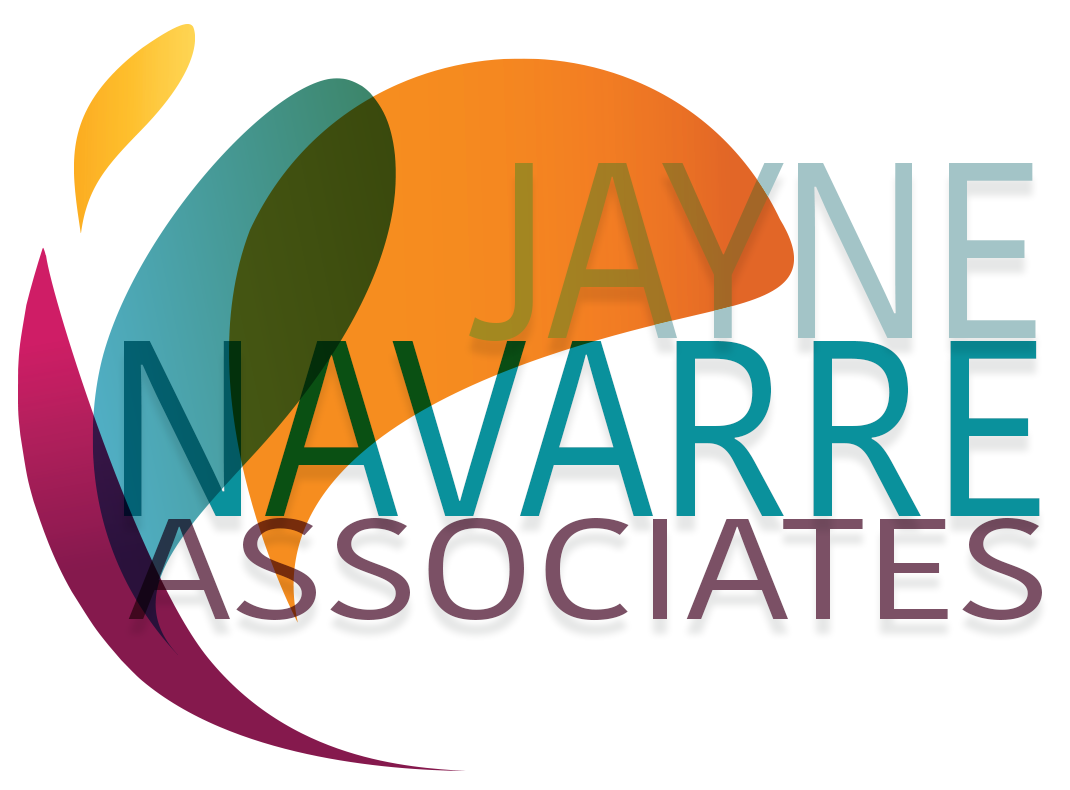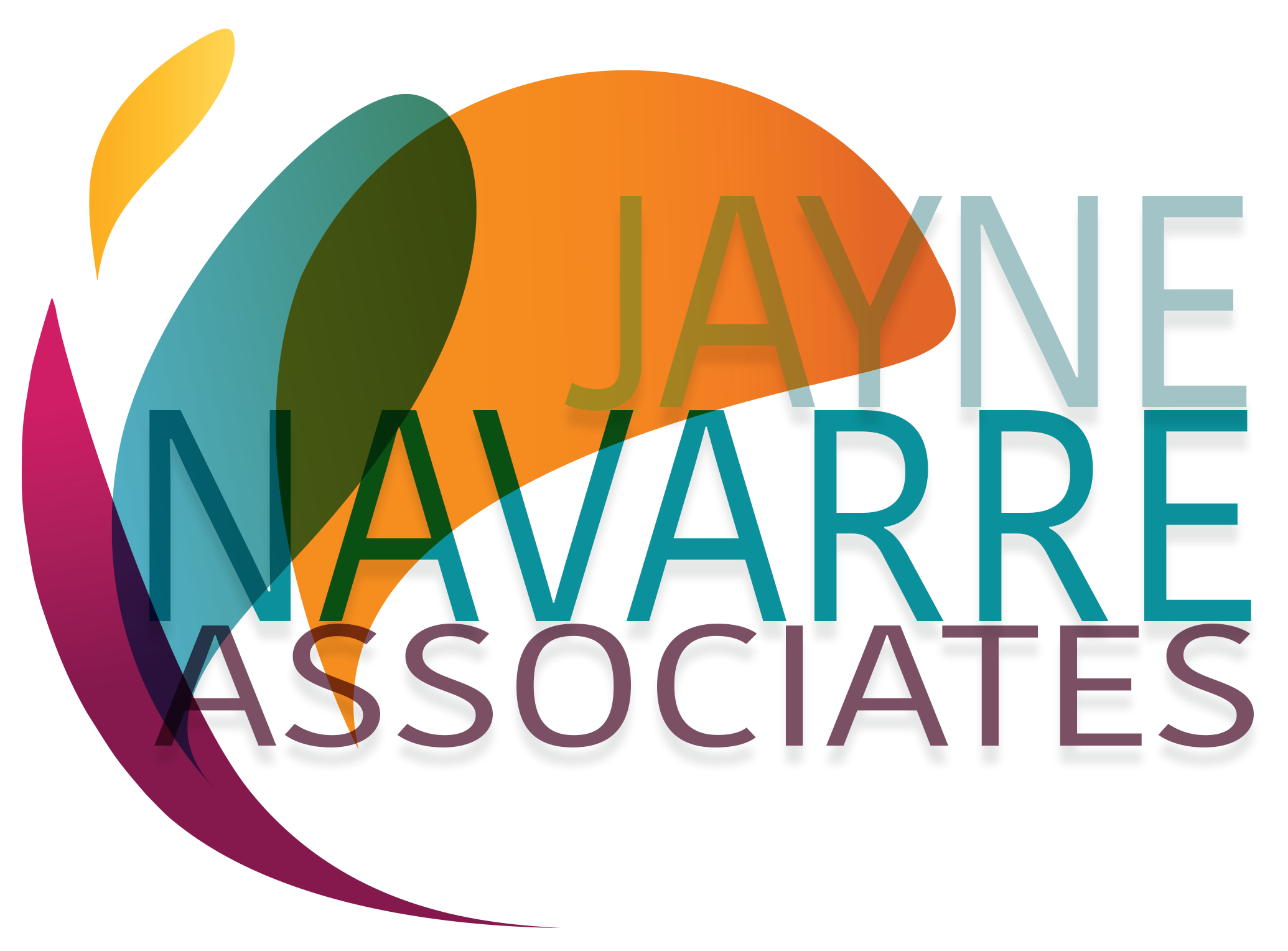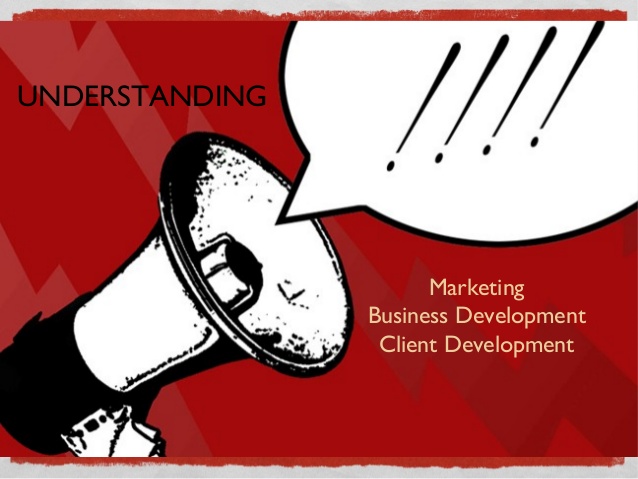People do business with people they know, like and trust.
You can’t afford to be anonymous! Hiding behind an info@yourdomain.com email address is a total non-starter—a black hole. Using this impersonal email address for gathering leads you have strategically planned for—on your website, blog, eNewsletter, or any other digital property—could be sabotaging your efforts. You could be losing business for no other reason than that it is so impersonal. Or, because a disinterested person, or worse, no one, is minding the inbox.
I know the argument:
We’re lawyers, we’re a law firm.
We use an info@ address and it goes to IT, Marketing, HR, Reception, or whomever because we don’t want someone inadvertently writing about facts of their case and cause us to be conflicted out of a matter.
I get that, but it is not difficult today to plainly state the rules of contact, and you should be doing that already. Employing very accessible technology, you can make the visitor check a box that verifies that they have read the rules before they hit send. If you can’t do that, then simply don’t add an email to the firm contact information in the footer or contact us page. Put the phone number and street address, and leave it at that. Rather to be a bit quaint than to be an info@.
Something as basic as EMAIL can be a game changer when used correctly in your marketing mix. It may take a little creativity and work to get beyond the info@ box habit, but I believe you will find it to be worthwhile, here’s how and why.
How can we help you?
To be honest, forms on websites are a bit impersonal, but they do serve a purpose: A call to action that creates an impulse contact or a tool that allows a busy person to check something off their list, leaving it up to you to remind them that they had a need or interest. Forms are also useful for you because when the mail arrives it will be clearly marked that it has come from your form, at least if you set it up properly. That helps to streamline things, but forms are only effective if you have systems in place to manage them with efficiency.
I was searching around the web for a design company to handle a project for a fairly large client account of mine. I landed on a company that I knew and respected, but had never yet engaged for work. On the Contact Us page, I found a “Request for Information” form. It said: “How can we help you?” Swell, since I’m here, why not ask—the impulse CTA (call to action) was working. It is easy and rather than placing a phone call to the main switchboard, I thought I’d simply give them my story in advance and save some time. So I filled out the form, including a fairly detailed description of a project for which I needed help and included my email, phone, name and company. Ten days later, I still had not heard from the company. Nada, nothing. I never followed up again. I had lost interest. I had already moved on.
Worse, though, was that a company I had previously admired, was now brand-damaged goods. I made a mental note: if I did actually hire them there would likely be issues with responsiveness. How different it might have been had I had received a simple response from a real person within 24 hours of my inquiry. The note could have said anything, including we’re not interested in your project, but at least I would have felt acknowledged. If you’re not willing or able to respond to the CTA you plant on your website or email blasts, it is better to skip it all together. Now back to info@…
Who’s on First?
If you’re like many, most of the mail received through your info@ box or contact form is junk. Still, the person in charge of these digital inquiries should be senior level. If they are out on leave or traveling, the box should be forwarded to a qualified substitute.
I’m a small business, which means I’m really busy, being pulled in many directions. Still, I put my direct email on all my web properties and all contact forms. Statistically, only .01 percent of the time the query is legitimate, but even at that rate it has translated to new revenue that I am not willing to give up. If I ever change my mind on that, I will remove my email completely. The option is: You’re either there or you’re not.
Also, an auto reply from an info@ box that announces that “your mail will be responded to as soon as possible” is just not acceptable. In 48 hours? A week? Or, at their convenience? Don’t let the person hanging. Be human. In fact, if you insist on using info@, even for your contact forms, the auto responder might include a real person’s email address and phone number in case it is more urgent than that which you are promising a response. When planning and executing your digital presence, only one thing works – be a real person.
I know, it just seems so easy to use info@ to filter generic inquiries and avoid spam taking over your real address. And although using an alias like managingpartner@yourdomain.com or concierge@yourdomain.com may seem a bit better, the best is when your prospects believe there is a real person behind it that can be known, liked, and trusted to respond in a timely manner.



















